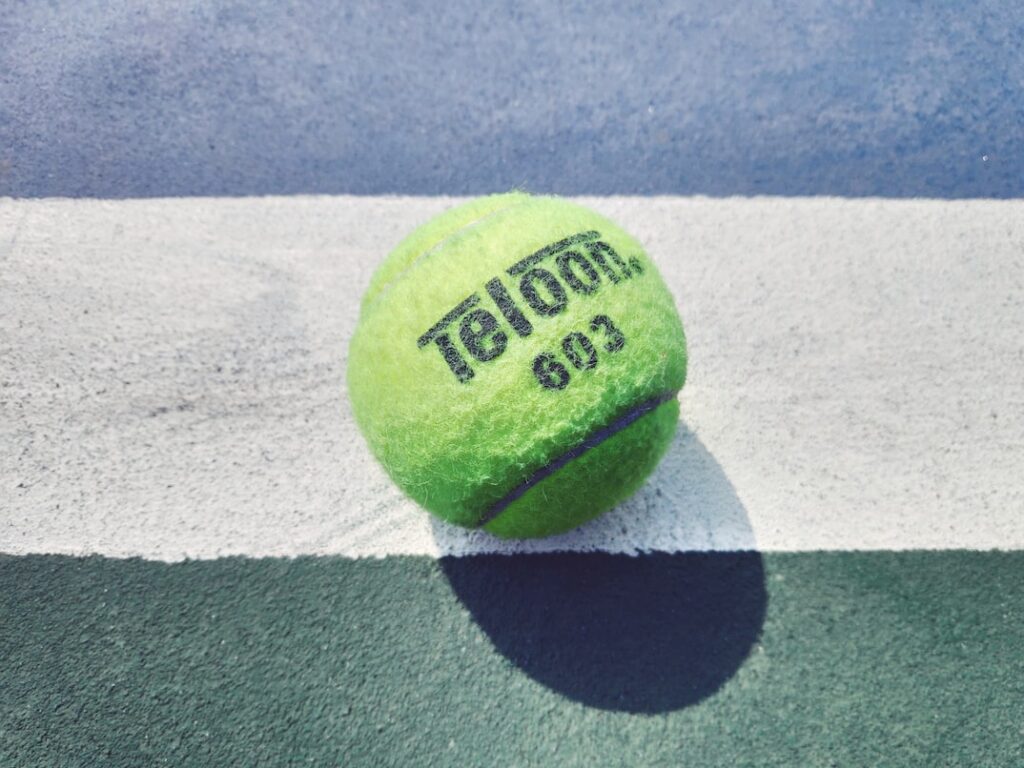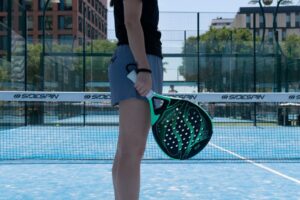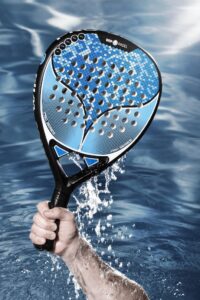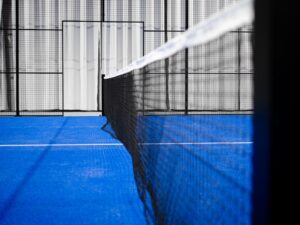Top Common Mistakes to Avoid in Your Padel Tennis Return of Serve
3 min read
Top Common Mistakes to Avoid in Your Padel Tennis Return of Serve
Greetings, fellow padel enthusiasts! Today, let’s dive into the art of the return of serve in padel tennis. Mastering this crucial shot can be a game-changer, but it’s all too easy to fall into the trap of making some common mistakes that can cost you valuable points. Don’t worry, though; I’m here to impart my wisdom as a seasoned padel expert and help you avoid these blunders. So, without further ado, let’s explore the top common mistakes to avoid in your padel tennis return of serve!
Mistake #1: Being Too Predictable
Picture this: your opponent is getting ready to serve, and you find yourself always returning the ball to the same spot, time and time again. While consistency is essential, being too predictable can make it easier for your opponent to anticipate your shots and position themselves accordingly.
To avoid this mistake, mix up your return placement. Aim for both sides of the court, throw in some lobs, and occasionally surprise your opponent with a drop shot. By keeping your opponent on their toes, you’ll make it much more difficult for them to read your shots, ultimately giving you the upper hand!
Mistake #2: Poor Footwork and Timing
Imagine trying to perform a flawless return of serve with sluggish footwork and mistimed movements. It’s a recipe for disaster! Your footwork and timing play a vital role in executing a successful return.
Always be ready to move as soon as your opponent makes contact with the ball. Position yourself well, with your feet shoulder-width apart and your weight on the balls of your feet. This way, you’ll be able to react quickly, maintain balance, and execute a solid shot.
Mistake #3: Neglecting the Importance of Anticipation
One of the keys to a great return of serve is anticipating where your opponent’s shot will go. Failing to read your opponent’s serve properly can put you on the backfoot right from the start.
Train yourself to read your opponent’s body language and racket position to determine where they might direct the ball. Anticipate both the direction and the type of shot they are likely to play. Remember, successful returns are often a combination of strategy and instinct.
Mistake #4: Overhitting the Ball
We’ve all been there – trying to send the ball rocketing back across the net with all our might, only to see it sail out of bounds. Overhitting the ball not only wastes precious energy but can also lead to unnecessary errors and lost points.
Instead, focus on a controlled and well-placed return. Keep your swing relaxed, use a shorter backswing, and aim for consistency rather than sheer power. By doing so, you’ll reduce the chances of errors and increase the likelihood of forcing your opponent into making mistakes.
Mistake #5: Lack of Adaptability
Every game of padel tennis is unique, and your opponents’ serving strategies can vary significantly. Failing to adapt your return of serve to suit individual situations is a surefire way to limit your success on the court.
Take some time to study your opponent’s serves, understand their tendencies, and make adjustments accordingly. Some opponents might have a stronger slice serve, while others may rely more on topspin. By analyzing their tendencies early on, you can fine-tune your return of serve and exploit their weaknesses.
Conclusion
The return of serve is a fundamental aspect of padel tennis that can make a world of difference in your gameplay. By avoiding these common mistakes – being too predictable, neglecting footwork and timing, underestimating the importance of anticipation, overhitting the ball, and lacking adaptability – you’ll become a force to be reckoned with on the court.
So, fellow padel enthusiasts, go out there, practice, and embrace the thrill of the return of serve. Remember, success lies in your ability to continually improve and learn from your mistakes. Let’s conquer the padel court!







